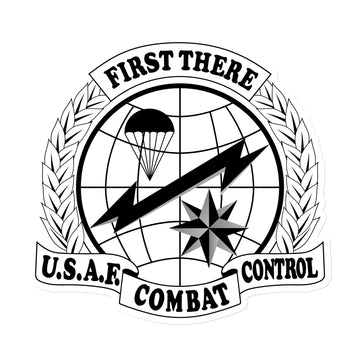
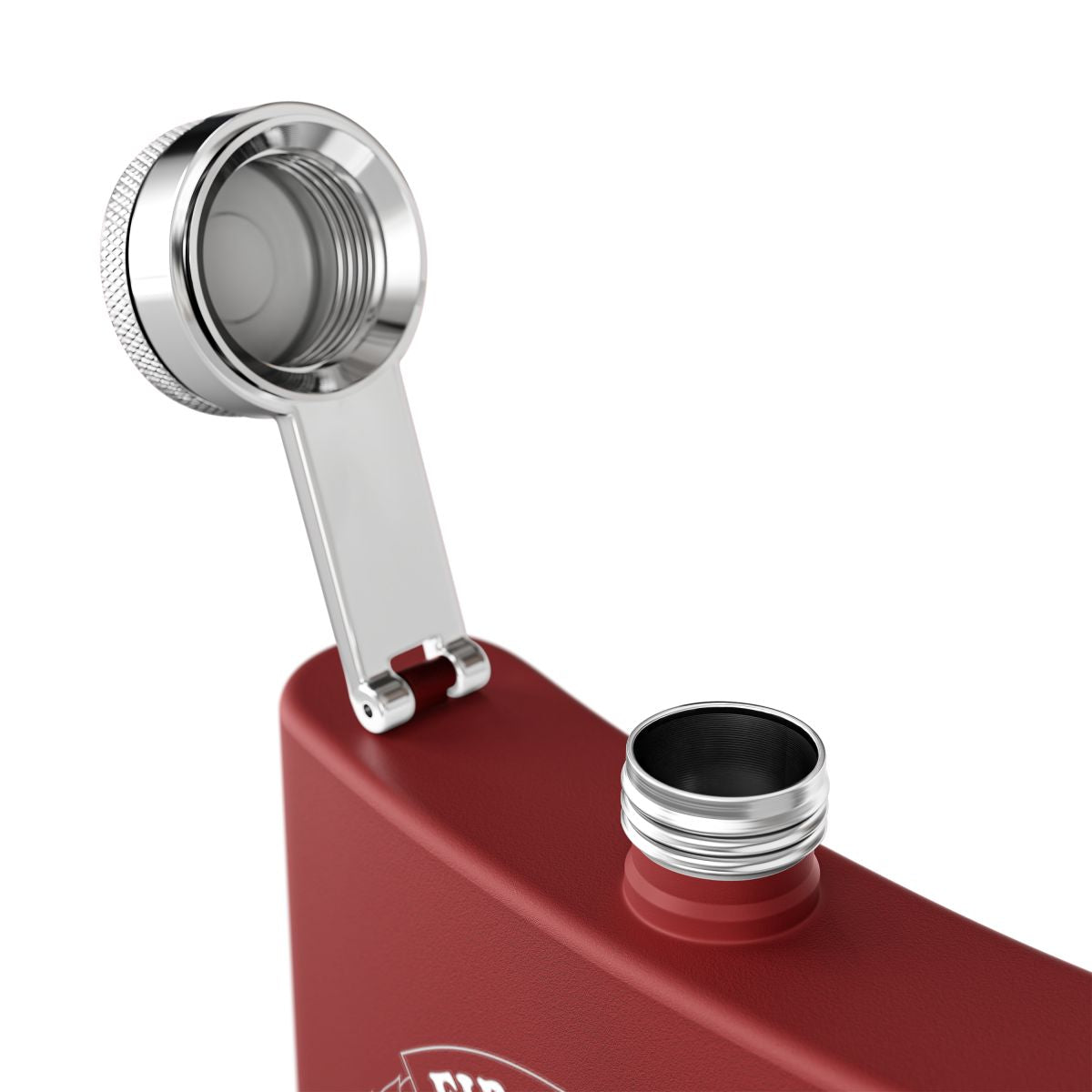
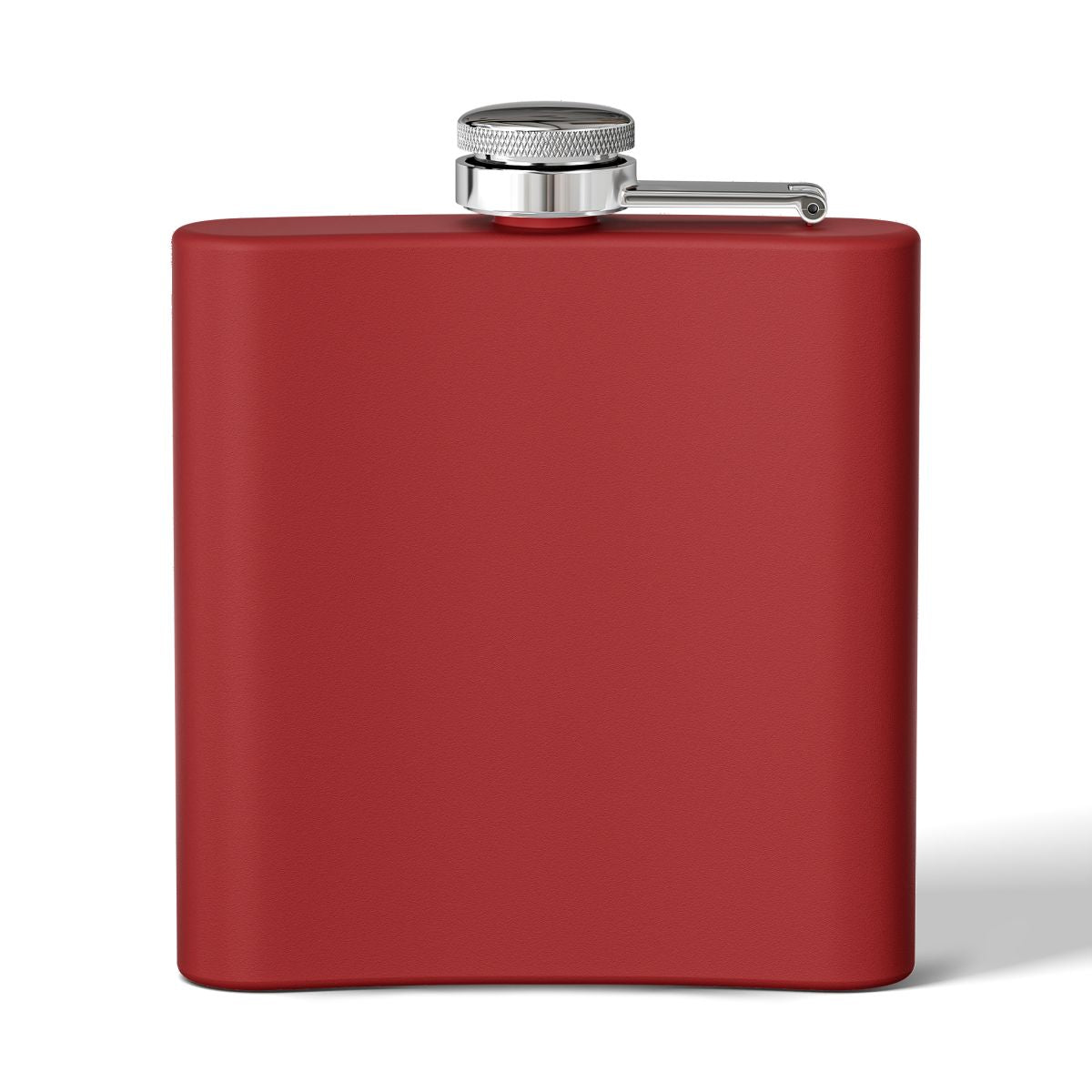
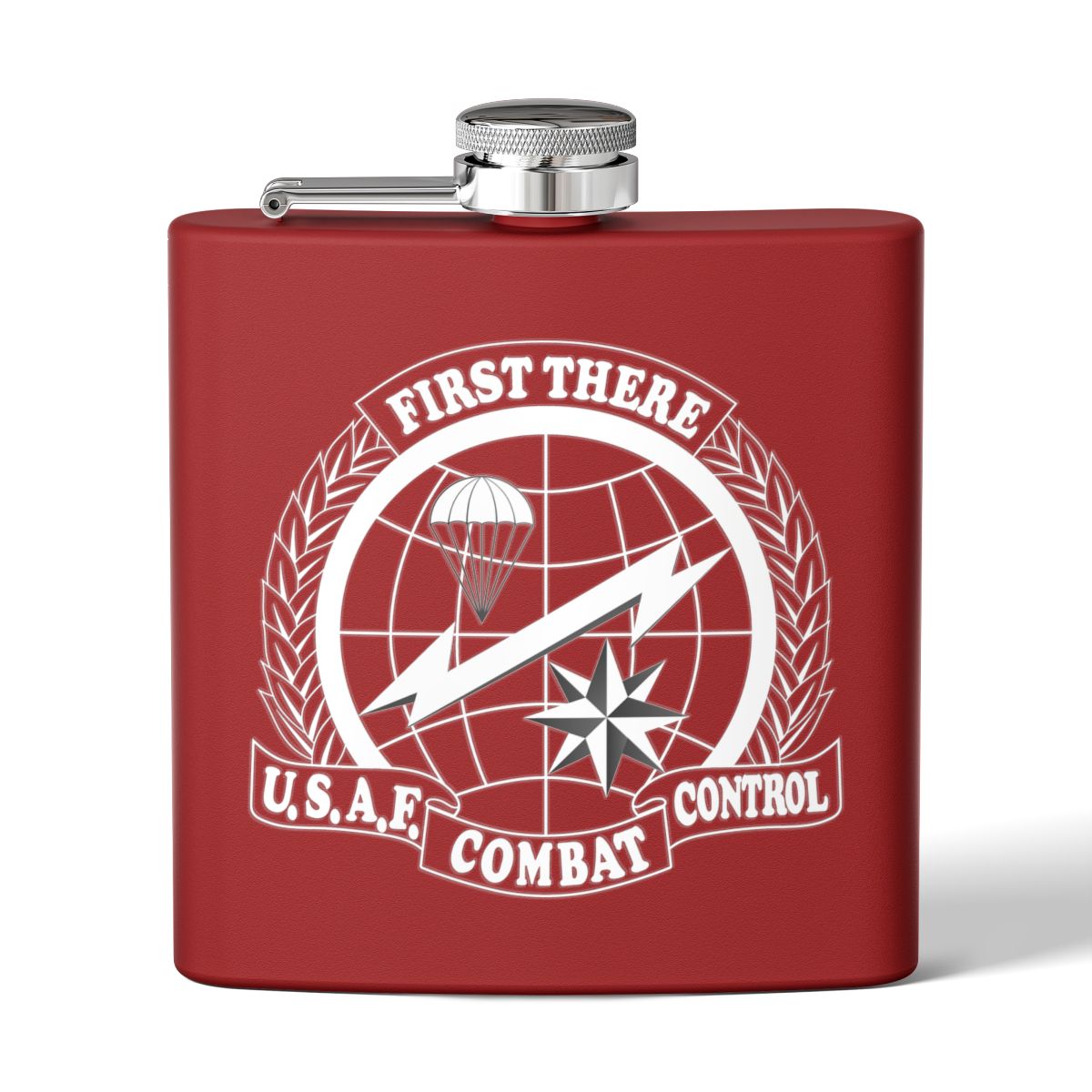
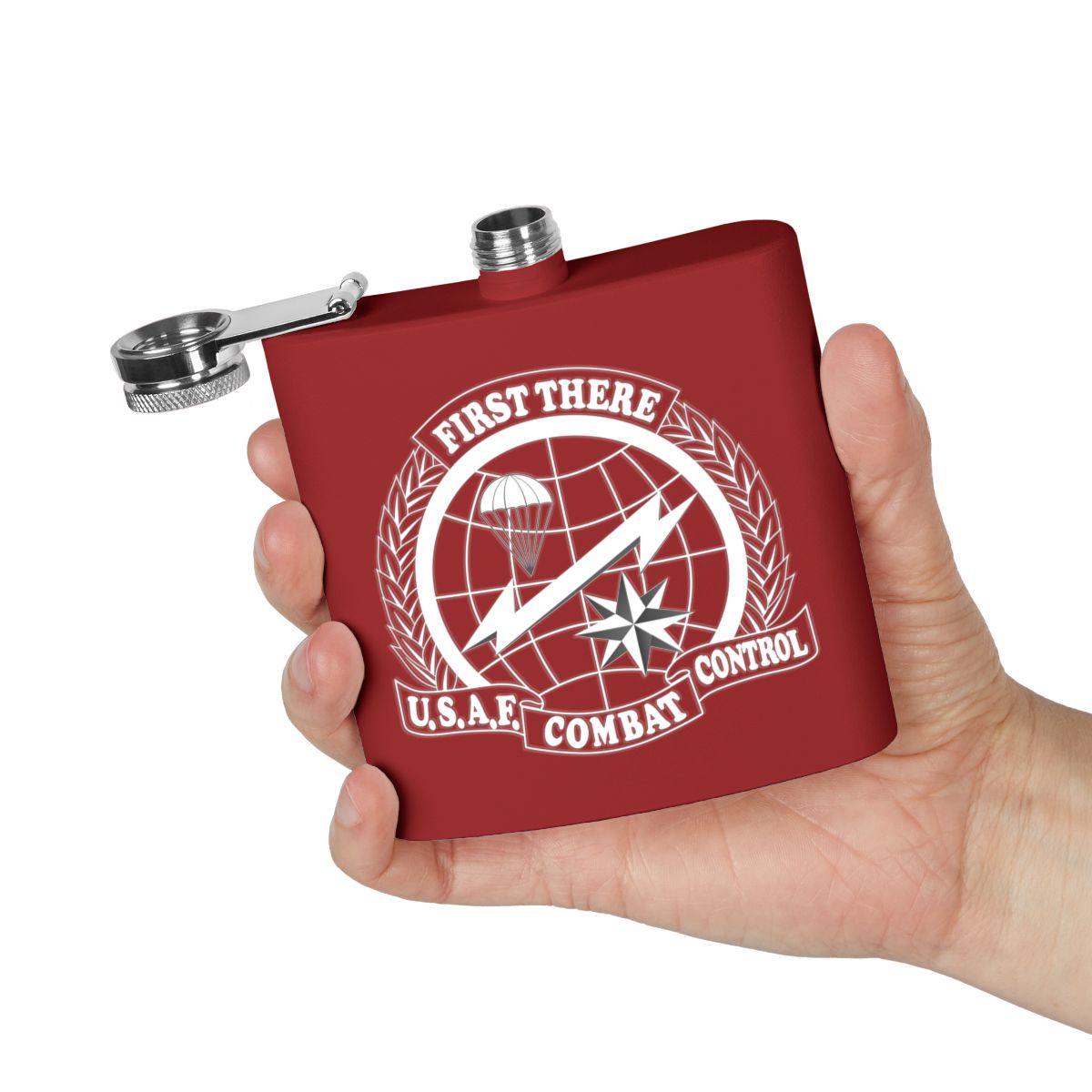
Traditional CCT Flash Engraved Stainless Steel Flask
-
Free Shipping for orders $50+
Money back within 30 days for an exchange.
This design features the traditional Combat Control Team flash in Black & White. Clean, simple, and instantly recognizable. No gimmicks, no edits. Just the symbol that’s been earned through selection, sweat, and service.
For those who’ve worn it, supported it, or know exactly what it stands for.
STS, Inc. is bringing back the old-school designs that meant something. Trademarked and unapologetic.
Product features
- Made from durable stainless steel, resistant to rust and corrosion.
- Leak-proof lid with a secure seal to prevent spills.
- Double-wall insulation keeps drinks hot or cold for hours.
- Sleek powder-coated finish adds elegance and durability.
- Hand wash only for optimal care.
Care instructions
- Hand wash only
EU representative: HONSON VENTURES LIMITED, gpsr@honsonventures.com, 3, Gnaftis House flat 102, Limassol, Mesa Geitonia, 4003, CY
Product information: Polar Camel, 2 year warranty in EU and Northern Ireland as per Directive 1999/44/EC
Care instructions: Hand wash only
CCT History
Combat Control Teams (CCT) were established in 1953 to provide air traffic control and command-and-control capabilities in support of U.S. and allied special operations. Evolving from WWII pathfinders and glider operations, CCTs became essential for establishing drop zones, landing zones, and assault strips in denied or austere environments. Over the decades, they’ve deployed alongside every U.S. SOF element, enabling precision airpower in conflicts from Southeast Asia to the Middle East. CCTs are uniquely qualified as FAA-certified air traffic controllers and hold a wide array of advanced skills: they are certified Joint Terminal Attack Controllers (JTACs), combat divers, static-line and military free-fall parachutists (HALO/HAHO), qualified in demolitions, small unit tactics, survival/evasion/resistance/escape (SERE), communications, fire support coordination, and reconnaissance. Their ability to integrate air and ground operations under extreme conditions makes them one of the most versatile and mission-critical assets in U.S. special operations.





